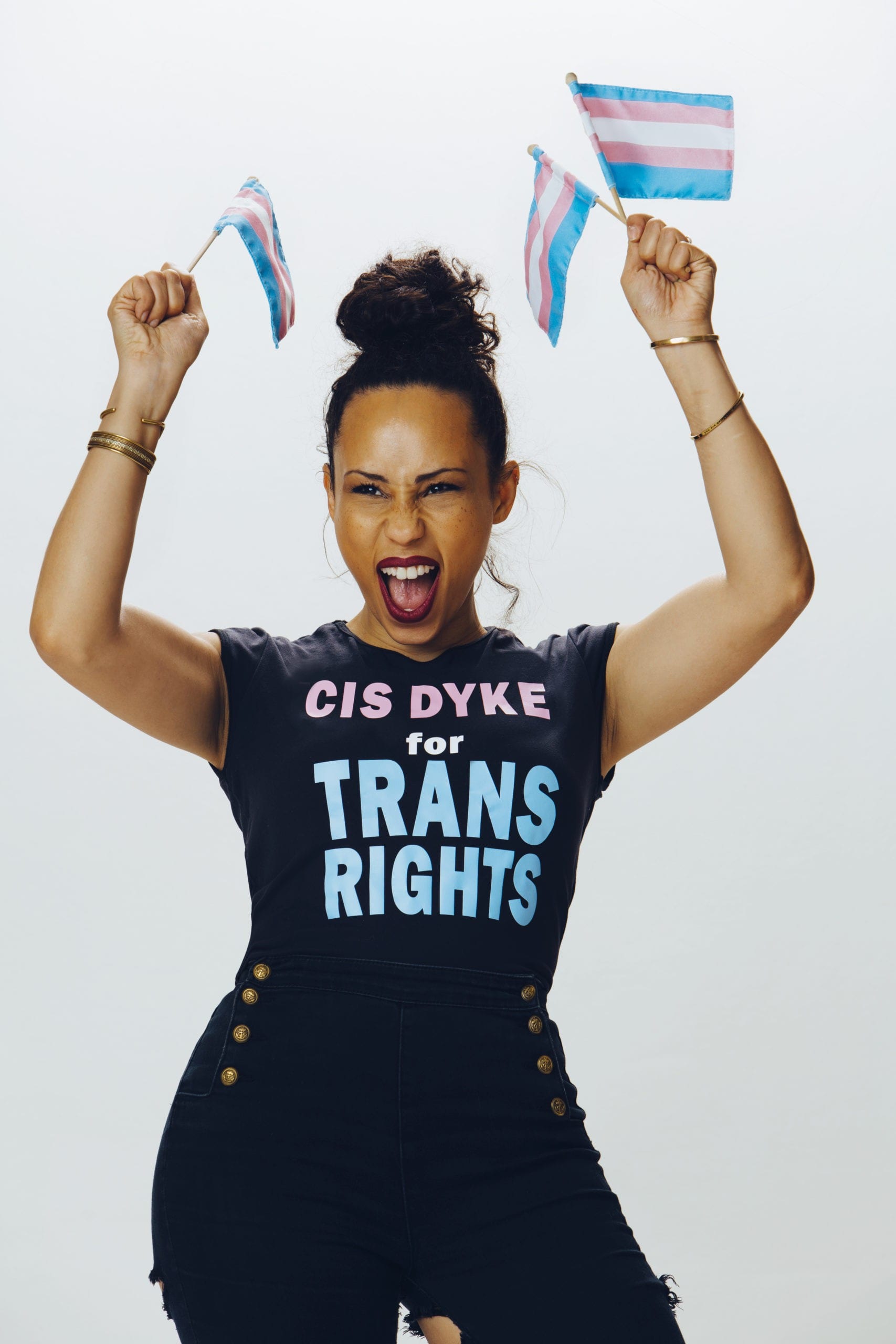Though she resisted it for years, “picking a lane” is what Goodrich cites at the core of her success. “I make portraits that can help brands communicate and connect, but they’re about diversity; they’re about representation. This is my superpower,” she says.
So, once you’ve picked your lane, how do you become successful in it? “It’s about coming out from behind the camera,” she says. “Creating context for your work. The who, the why, the how.” Alongside more obvious methods, like social media, Goodrich has spent years connecting with agencies and generating exposure for herself using innovative techniques. Take Portland’s Design Week, an annual events programme which attracts brand executives and agency representatives from a range of creative industries: instead of simply networking, or finding a way to showcase her work, “I built a digital experience,” she says. “I taught a class called ‘Amplified or Tokenised? Creating Meaningful Campaigns’.” In other words, Goodrich devised something of real value that demonstrated her expertise in a specific space. “If I was starting out right now, I’d probably start a podcast,” she adds — to strengthen that self brand, while building industry connections with guests along the way.
Goodrich maintains that establishing oneself as an authority on something, or as the answer to an industry blindspot, can help tip the power balance in a photographer’s favour. Commercial relationships, particularly with bigger brands, are prone to being one-sided, where the client has the money, the prestige, and a wealth of photographers to choose from. By contrast, “what I really try to do,” says Goodrich, “is create a context and an awareness of who I am and what I know so that we’re either on the same level, or I’m teaching them something.” Aside from benefitting her professionally, the trust Goodrich builds allows her to coax brands out of their comfort zones: such as pushing high-end lingerie brands to diversify their models; featuring trans dad James Barnes on a billboard for a 2020 Portland Art Museum campaign, or alerting Adidas to the fact they were lacking a key queer identity category in the influencer lineup for their 2019 Pride #LoveUnites campaign.
